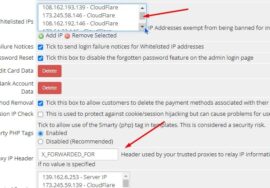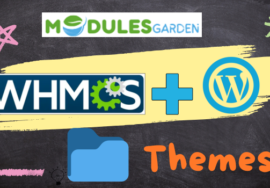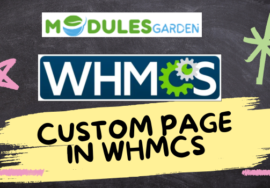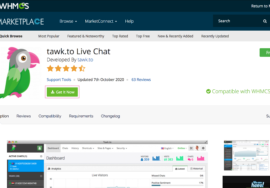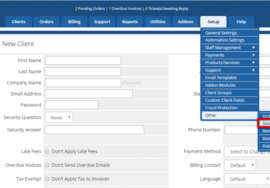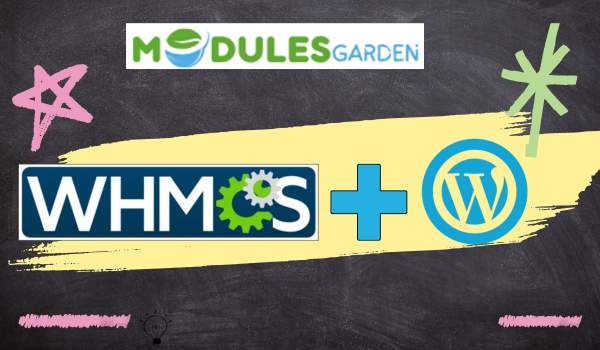
How to integrate WHMCS with WordPress
Integrating WHMCS with WordPress can streamline your hosting business by providing a seamless interface for your clients to purchase, manage services, and submit support tickets directly from your WordPress website. Here’s a step-by-step guide on how to integrate WHMCS with WordPress:
1. Choose an Integration Plugin
There are several plugins available that can help integrate WHMCS with WordPress. Two popular choices are:
- WHMCS Bridge: A plugin that integrates your WHMCS installation into WordPress.
- WHMpress: A premium plugin that provides a range of features, including service pricing tables, order forms, and more.
2. Install the WHMCS Bridge Plugin
- Log in to your WordPress admin dashboard.
- Navigate to Plugins > Add New.
- In the search bar, type “WHMCS Bridge”.
- Install and activate the WHMCS Bridge plugin.
3. Configure the WHMCS Bridge Plugin
After activating the plugin, follow these steps:
- Go to WHMCS Bridge > Settings in your WordPress dashboard.
- Enter your WHMCS installation URL (e.g.,
https://yourdomain.com/whmcs/). - Configure the SSL settings if your WHMCS installation is secured with an SSL certificate.
- Customize additional settings such as integrating your WHMCS templates, setting permalinks, and more.
4. Set Up WHMCS Pages
The WHMCS Bridge plugin will automatically create necessary pages in WordPress, such as:
- Client Area
- Cart
- Support
- My Account
These pages will display WHMCS content within your WordPress site.
5. Customize the Appearance
You can customize the design of the WHMCS pages to match your WordPress theme. The WHMCS Bridge plugin also offers a Pro version that allows for more advanced customizations like single sign-on (SSO) and WHMCS template syncing.
6. Shortcodes and Widgets
The WHMCS Bridge plugin provides shortcodes and widgets to display WHMCS content like pricing, login forms, and product listings. You can add these shortcodes to any WordPress page or post.
7. Test the Integration
Finally, test your integration by visiting the WHMCS pages on your WordPress site. Ensure that the order forms, login, and client areas function correctly.
Optional: Advanced Customization with WHMpress
If you’re using the WHMpress plugin, follow similar steps:
- Install and activate the plugin.
- Set up pricing tables, order forms, and widgets according to your WHMCS services.
- WHMpress provides more control over the visual presentation and user experience, making it ideal for advanced setups.
By integrating WHMCS with WordPress, you create a unified experience for customers, helping them manage their hosting and services without leaving your WordPress site.
Need Help? Contact us:
+91 98826 06526
+91 94594 16526
FaceBook
WebExpert1380@gmail.com



